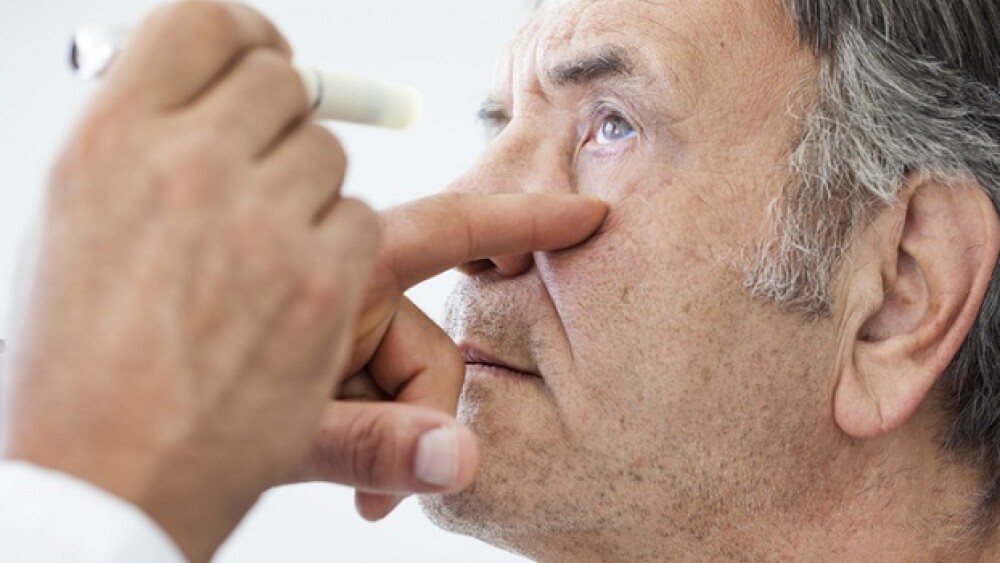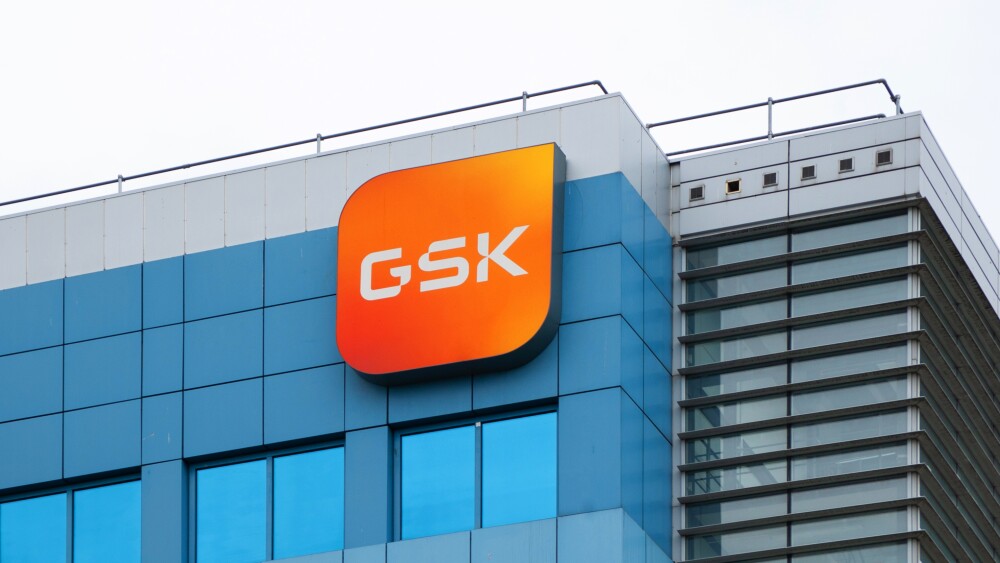Aldeyra Therapeutics announced results from a crossover clinical trial, showing that its drug candidate reproxalap was effective in improving ocular redness and tear production in patients with dry eye disease.
Massachusetts-based biotech company Aldeyra Therapeutics announced the results of a crossover clinical trial, showing that its drug candidate reproxalap was effective in improving ocular redness and tear production in patients with dry eye disease.
Enrolling more than 60 patients, the trial compared Aldeyra’s candidate against a vehicle control. Its primary outcomes were eye redness in a dry eye chamber and tear generation, as measured by the Schirmer test. To minimize inter-individual variabilities in results, patients were crossed over between the treatment arms after a two-week washout period.
The findings, presented in an investor call Tuesday, showed that reproxalap significantly eased eye redness as early as 10 minutes after entering the dry eye chamber, an effect that persisted throughout the remainder of the assessment. Average Schirmer scores were likewise significantly better during reproxalap treatment.
Based on these efficacy findings, along with an encouraging safety and tolerability profile, Aldeyra will seek a New Drug Application (NDA) with the U.S. Food and Drug Administration for reproxalap. The NDA submission will also include a comprehensive body of data from field-based assessments, acute and chronic trials and other parallel-group and crossover studies. A pre-NDA meeting has been set with the FDA for later this year.
If approved, reproxalap could become the first dry eye disease drug approved on the basis of more than one objective measure.
A Unique Factor in Busy Dry Eye Space
“Statistical significance in favor of reproxalap over vehicle for all three dry eye disease signs that we intend to submit to a New Drug Application, in addition to observed rapid symptomatic improvement, favorably positions reproxalap, if approved for sale, as a potentially differentiated therapeutic option for the treatment of dry eye disease,” Todd Brady, M.D., Ph.D., president and CEO of Aldeyra said in a statement.
Afflicting nearly 40 million adults in the U.S. alone, dry eye disease is a common inflammatory ophthalmic condition that primarily manifests as a marked lack of moisture in the eye. Its symptoms include irritation, pain, worsened quality of life and, when left unchecked, permanent vision damage.
Several dry eye disease drugs are already available in the United States, including Novartis’ Xiidra (lifitegrast ophthalmic solution), Sun Ophthalmics’ Cequa (cyclosporine ophthalmic solution) and Oyster Point’s Tyrvaya (varenicline solution). Nevertheless, both patients and physicians remain unsatisfied with the current outcomes.
Reproxalap is a small molecule that modulates the levels of reactive aldehyde species, which are typically elevated in eye inflammatory diseases. Aldeyra hopes that this unique mode of action will help set its candidate apart in a competitive therapeutic space.
Late last month, Oyster Point doubled down on Tyrvaya by laying off 50 employees and streamlining operations to better support the product’s launch. Tyrvaya was given the FDA’s nod last October 2021 and netted the company nearly $3 million in the first quarter of 2022 alone.
On Monday, Kala Pharmaceuticals completed the sale of its portfolio to eyecare company Alcon Inc. Part of the handover is Eysuvis (loteprednol etabonate ophthalmic suspension), the only drug currently approved by the FDA for short-term relief of dry eye disease symptoms. Kala filled nearly 27,000 prescriptions for Eysuvis in the first quarter of 2022 alone, representing an 18% quarter-over-quarter growth.
The dry eye disease market is only expected to grow, according to market research firm QY Research Medical, which estimated that from $8,579 million in 2021, market value will shoot up to $19,140 million by 2030.






